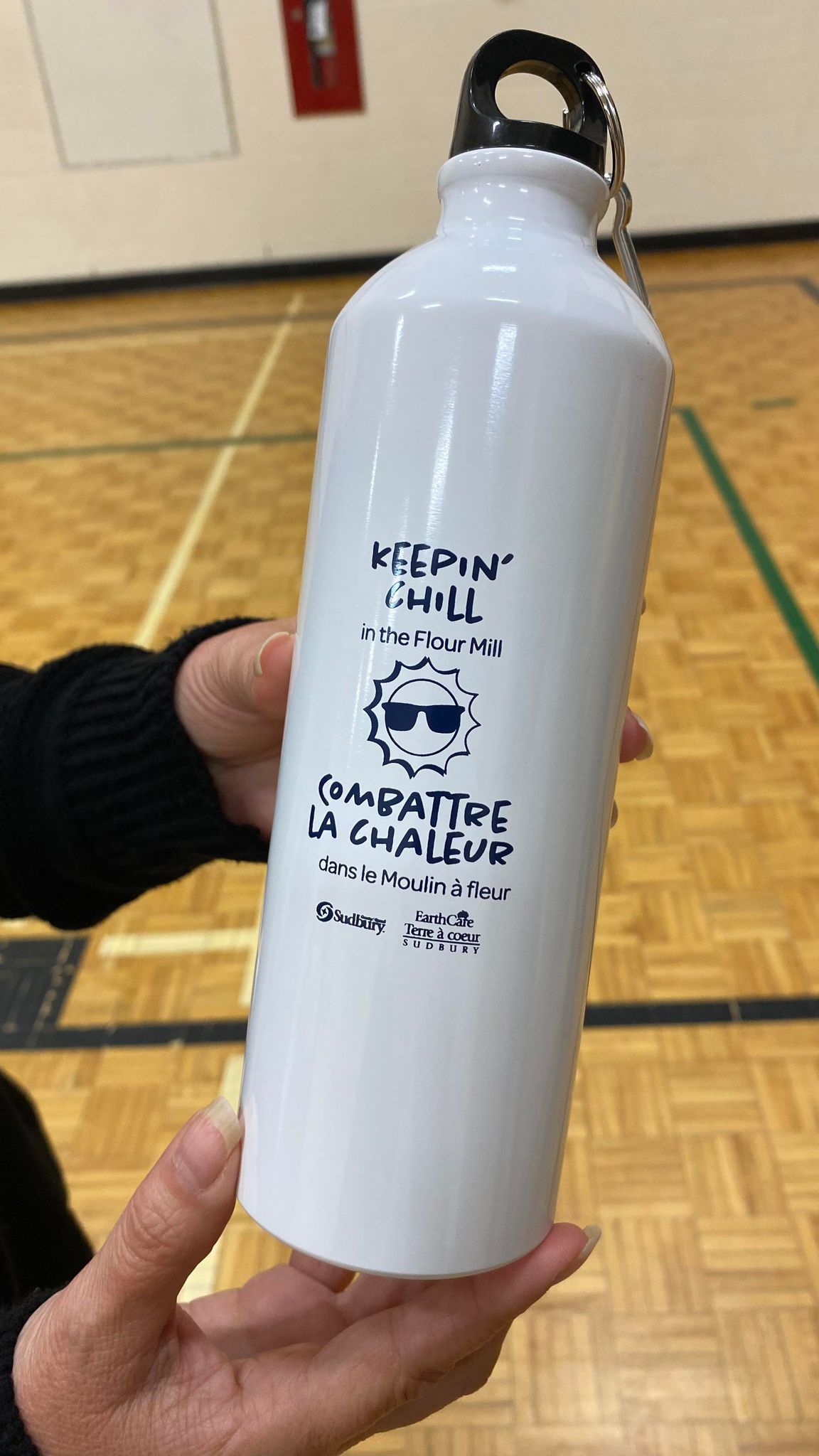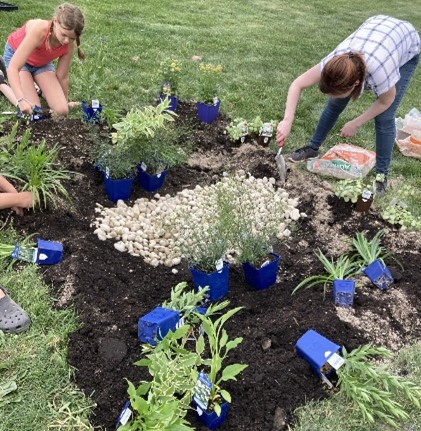Understanding and Assessing Impacts
Over the past decades, Greater Sudbury has experienced rising temperatures, changes in precipitation, and extreme weather events, including floods. These events have had significant infrastructural, economic, and social impacts, underscoring the need for preparedness. To understand future vulnerabilities, Greater Sudbury referred to ICLEI Canada’s 2016 Climate Science Report. The report used two AR4 scenarios, high emission scenario (A2) and low emission scenario (B1), to project future climate changes for the region, including increased hot days above 30°C, changes in water quality, and extreme precipitation. Water level changes in Greater Sudbury Lakes due to being part of the Great Lakes system could lead to less ice cover, decreased precipitation, and higher temperatures, affecting water levels and quality. Data presented in this report was based on global climate models and emission scenarios defined by the Intergovernmental Panel on Climate Change (IPCC), drawing from both the Fourth Assessment Report (AR4) and Fifth Assessment Report (AR5) publications. Temperature and precipitation change data were also constructed using Environment and Climate Change Canada’s Canadian Climate Data and Scenarios (CCDS) tool, which provided information from nearby weather stations.
Further, data from the Climate Atlas of Canada and ClimateData.ca was used in various presentations to describe projected changes for Greater Sudbury in mean annual temperature, days above 30°C, last date of spring frost, and mean annual precipitation for the 2021-2050 and 2051-2080 time periods. Access to local climate data was important for this project as it demonstrated local change, which motivated community members to participate and take action. This data was also included in presentations to municipal council along with snapshots of local news reports to encourage buy-in and to convey the benefit of creating a resilient community.
A list of 11 impact statements identified through a vulnerability and risk assessment exercise completed at ICLEI’s Train the Trainer workshop held in 2017 were presented to various stakeholders, including Community Action Networks (CAN’s), municipal staff at Public Health Sudbury & Districts, Water and Wastewater Services, Emergency Management, utility companies, Junction Creek Stewardship Committee, and the Nickel District Conservation Authority. Greater Sudbury also considered information related to the local topography (e.g., communities located in floodplains), as well as socio-economic data (e.g., demographics) to identify target neighbourhoods and their associated impacts. These included: heat waves at Claude Charbonneau Park in the Flour Mill, basement flooding at the Lively Playground in Walden, and flooding causing infrastructure damage in Junction Creek.

